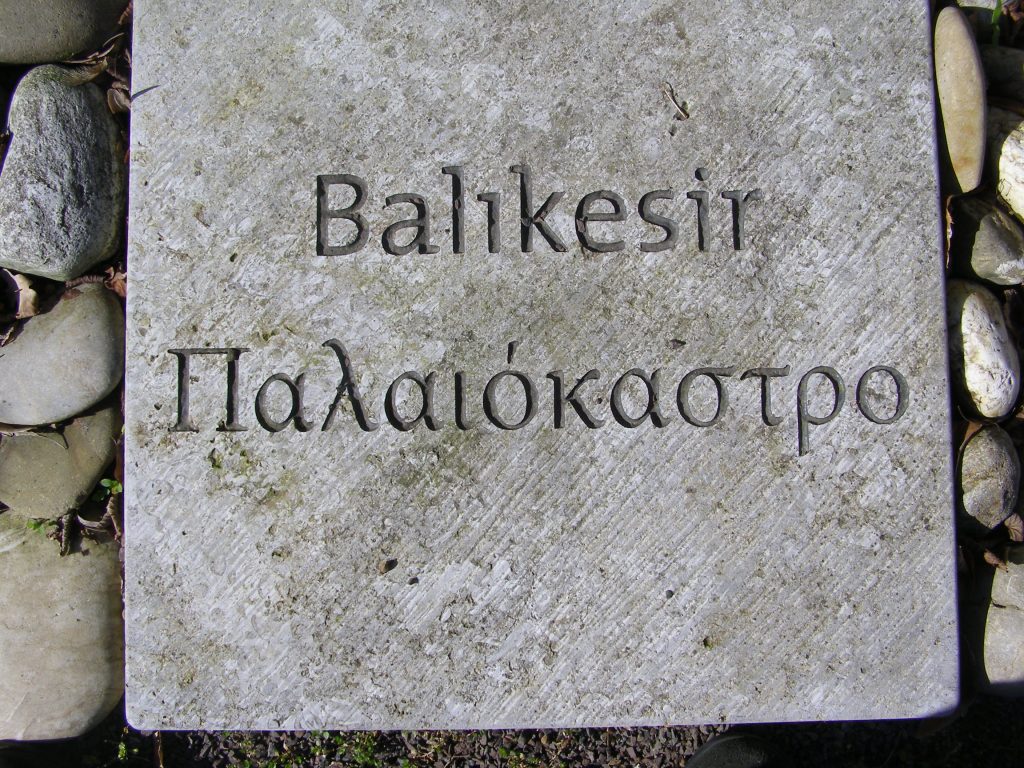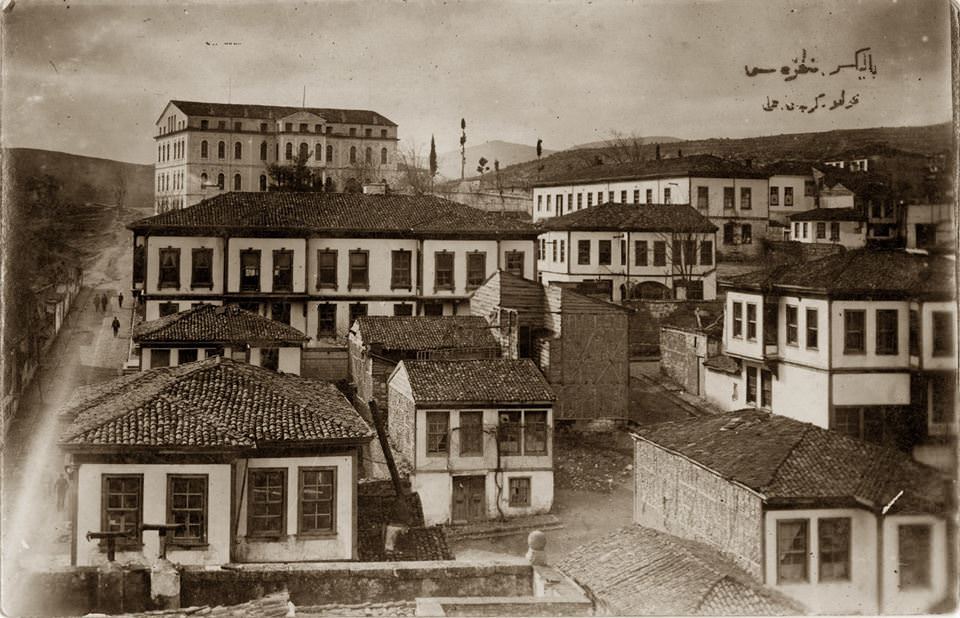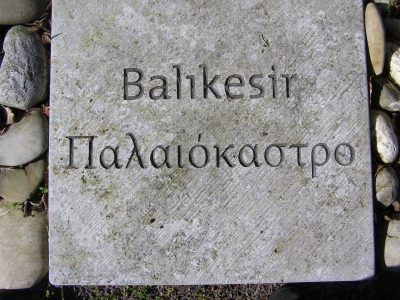
Kaza Balıkesir
During Byzantine period, the small town which had become increasingly neglected was known as Palaiokastron (Greek: Παλαιόκαστρο – ‘Old Castle’). Also, when the Turkmens from Central Asia arrived to Mysia, they called the town and adjacent region Balak Hisar because of the remnants of the castle. In the early 14th century, Balıkesir became an important town as the administrative center of the Turkmen principality, the Beylik (Beyliği) Karası, which was soon absorbed into the Ottoman Empire in 1345. Under the name of Karası previous Palaeokastron was the capital of that Beylik and took the name Karası between 1341-1922, because Balıkesir town was founded by Karası Beg in the 13th century, using the remains of the small Byzantine town. 1297 is considered as the date of establishment of the town which was one of the only few to be founded by the Turkic people of Anatolia. Until the 13th century, Balıkesir had been the administrative center of the Mysia region.
Population
As a result of intensive migration processes, the population in kaza and town Balıkesir was highly diversified in ethnic and religious terms. In the 19th century, Bosnians, Albanians and Pomaks coming from the Balkans, as well as Circassians and Georgians from the North and South Caucasus were settled. However, the number of the Christian Greek and Armenian populations remained high in the region during the last decade of Ottoman rule (1913-1923).
“In the Balıkesir prefecture, known for its cotton production, there were in 1914 3,683 Armenians, who were settled in the Alifakiye neighborhood. The only Armenian populated villages in the environ were Bali Maden (pop. 480) and Babaköy/Buthaniye (pop. 320).”(1)

Balıkesir Town
Close to modern Balıkesir was the Roman town of Hadrianutherae (‘Hadrian’s hunting’), founded by the emperor Hadrian. Hadrian came to the region in A.D. 124 and established a small town in the result of a successful bear hunting; since the 2nd century BC, Hadrianutherae minted own coins. It is estimated that the town consisted of the castle, the homestead, the stud and a few homes, possibly at the same location of the current stadium is present. Members of the Roman and pre-Byzantine dynasty had used this castle as a vacation area and for hunting. The city of Axyráos, mentioned since the 13th century, may be the new name of the same place or the new settlement that assumed its administrative function.
In 1897 an earthquake destroyed much of the town.
On 30 June 1920 Balıkesir town was taken by Hellenic forces, but on 6 September 1922, the Turkish Nationalist army took back the town. During the Turkish War of Independence, Balıkesir was a main center of the Nationalist militias in Western Anatolia against Greeks. “Upon the arrival of a division of the Kemalist regular army under the command of Kiarim Bey, the Christians of Balya Maden (Bali Maden) and Balikesir were assembled on the 18th of September to be deported to Ankara. Instead they were massacred somewhere between Balya Maden and Karaağaç. Wells and ditches were opened and corpses were thrown in and burned. The victims amounted to several thousand.”(2)
